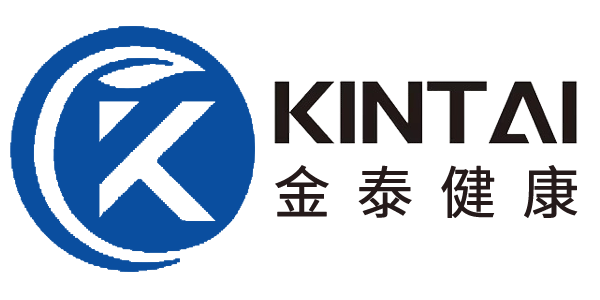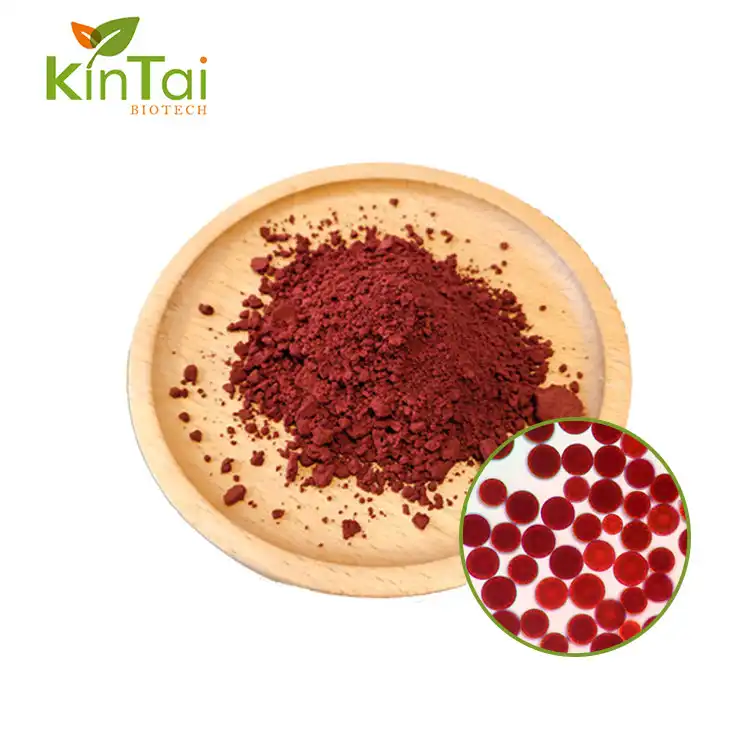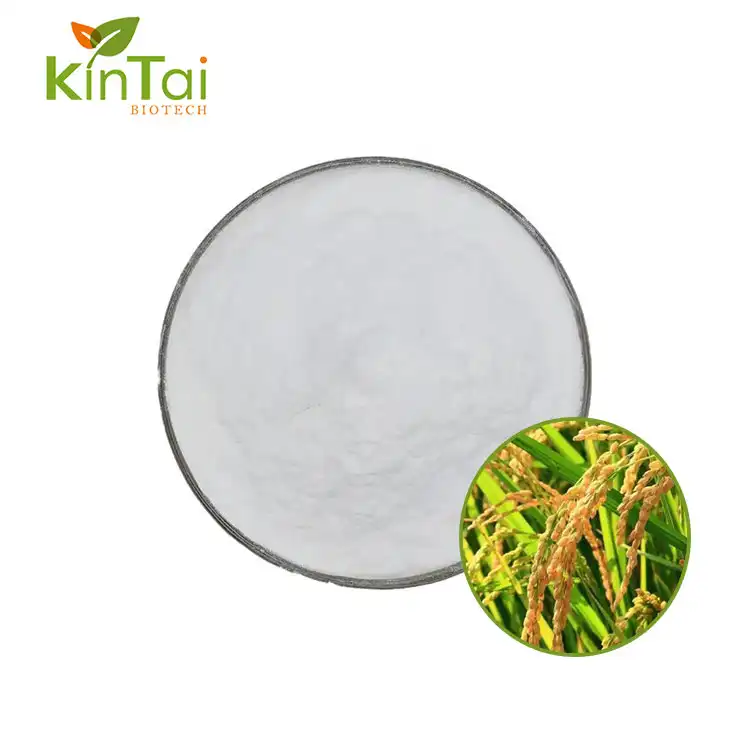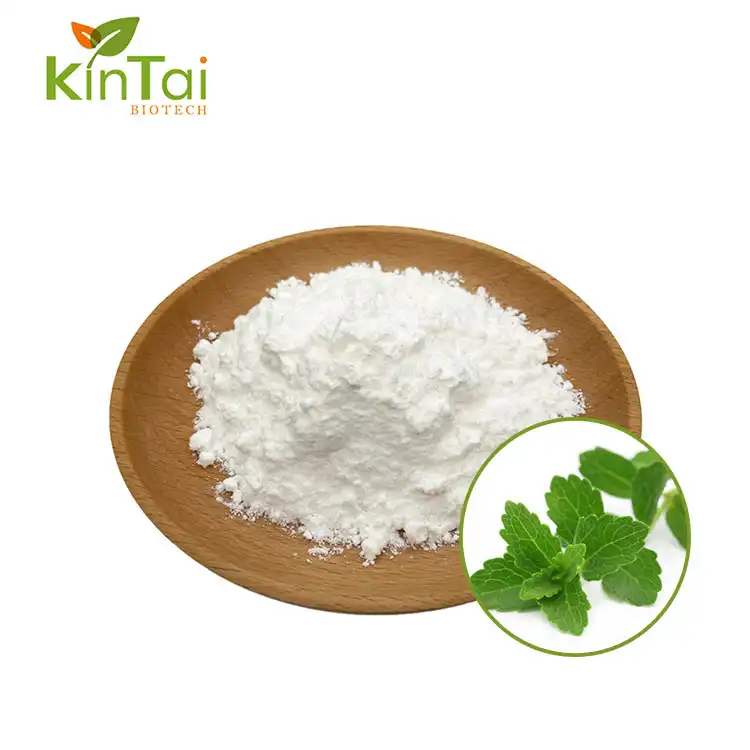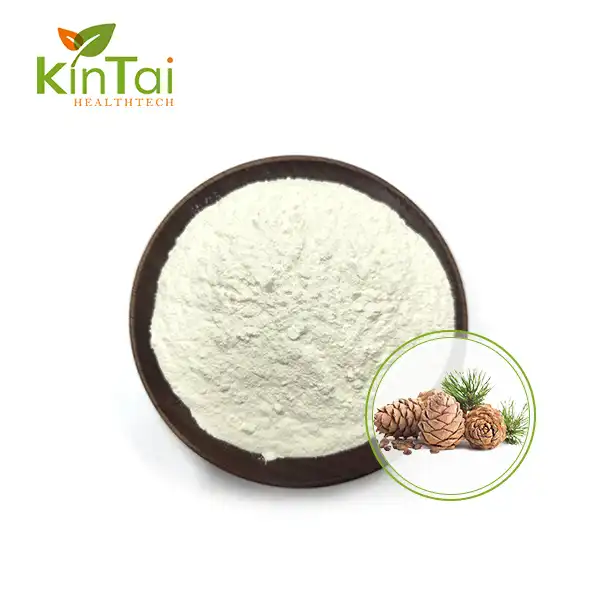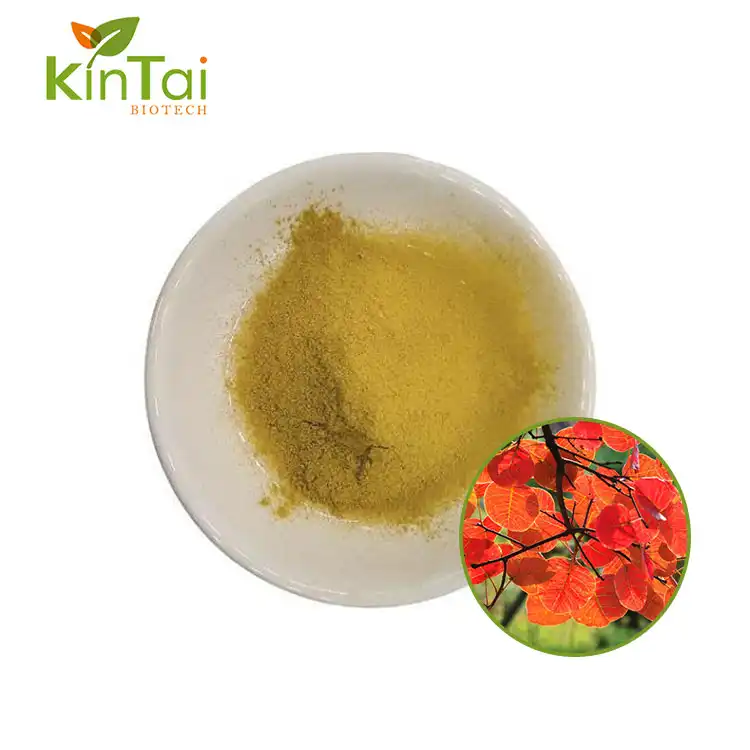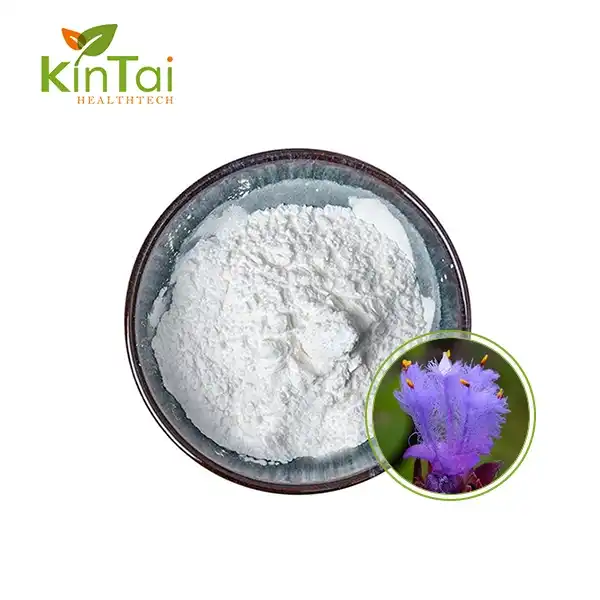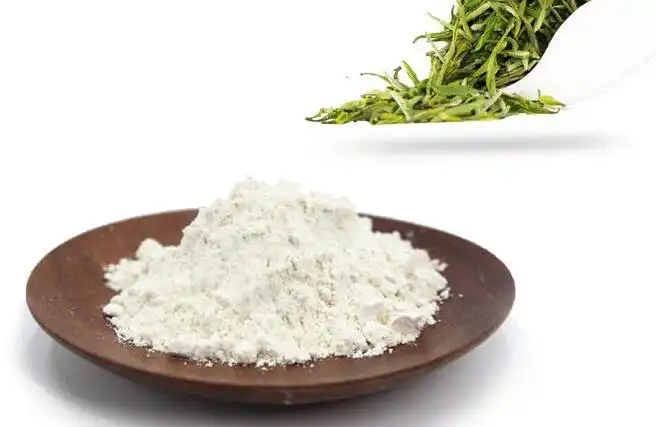Are there any contaminants or additives in the ferulic acid powder?
2024-09-25 10:40:39
Are there any contaminants or additives in the ferulic acid powder?
Ferulic acid powder, prestigious for its cell reinforcement properties, is a well known fixing in skincare and dietary enhancements. As a shopper profoundly put resources into understanding what goes into the items I use, I left on a nitty gritty examination concerning whether ferulic acid powder contains any toxins or added substances. Utilizing data from highest level sites on Google, I mean to give an extensive, genuine, and balanced point of view on this theme.
Understanding Ferulic Acid and Its Uses
Ferulic acid is a plant-based cancer prevention agent generally found in the cell walls of different plants, including oats, rice, and espresso. Its intense cancer prevention agent properties make it an important expansion to skincare items, where it shields the skin from free extreme harm and improves the solidness and viability of different cancer prevention agents like nutrients C and E. Furthermore, ferulic acid is utilized in dietary enhancements for its potential medical advantages, including mitigating and hostile to cancer-causing properties.

Potential Contaminants in Ferulic Acid Powder
While talking about expected foreign substances in ferulic acid powder, separating between two essential sources: the unrefined components and the assembling process is critical. As per a few legitimate sources, foreign substances can be presented at different stages, from development to handling.
Pesticides and Herbicides: In the event that the source plants are not naturally developed, there's plausible that it might contain buildups of pesticides or herbicides. These synthetic substances are many times utilized in traditional agribusiness to shield crops from bugs and weeds yet can stay in follow sums in the end result.
Weighty Metals: Weighty metal pollution, like lead, arsenic, cadmium, and mercury, is another worry. These can aggregate in plants from dirtied soil and water sources. The presence of weighty metals in dietary enhancements and restorative fixings is a perceived issue, provoking administrative bodies like the FDA to draw most extreme permissible lines.
Microbial Toxins: During extraction and handling, there is a gamble of microbial tainting. Microorganisms, yeast, and form can flourish in inappropriately taken care of or put away plant materials. Guaranteeing great assembling rehearses (GMP) can relieve these dangers.
Weighty metals: Ferulic acid powder might possibly contain hints of weighty metals like lead, mercury, cadmium, and arsenic, which might be available in the dirt where the unrefined components are developed.
Pesticides and herbicides: Deposits from rural synthetics utilized during the development of plants containing ferulic acid, like rice wheat or oats, might actually taint the end result while possibly not appropriately taken out during handling.
Microbial pollutants: Microscopic organisms, yeast, form, and different microorganisms can taint ferulic acid powder in the event that appropriate disinfection and quality control measures are not carried out during assembling.
Solvents and handling specialists: Some assembling cycles might include the utilization of solvents or handling specialists, which might actually leave deposits in the end result while possibly not completely eliminated.
Additives in Ferulic Acid Powder
Manufacturers may add certain substances to it to improve its stability, solubility, or shelf-life. These additives are typically safe and approved for use in food and cosmetics, but they can vary depending on the manufacturer.
Stabilizers: To prevent degradation and maintain potency, stabilizers might be added. Ascorbic acid (vitamin C) and tocopherol (vitamin E) are common stabilizers used in conjunction with ferulic acid due to their synergistic antioxidant effects.
Fillers and Binders: In supplement form, fillers and binders might be added to it to ensure proper tablet formation and consistency. Common fillers include microcrystalline cellulose, magnesium stearate, and silicon dioxide.
Solvents and Carriers: Some forms of ferulic acid powder, especially those intended for use in liquid formulations, may contain solvents or carriers to aid in dissolution. Propylene glycol and glycerin are examples of carriers that might be used.
Quality Assurance and Testing
Quality assurance and testing are crucial aspects of ensuring the purity and safety of ferulic acid powder. Reputable manufacturers employ stringent quality control measures throughout the production process. This includes sourcing high-quality raw materials, implementing Good Manufacturing Practices (GMP), and conducting thorough testing at various stages.
Testing methods typically include:
Identity testing: Verifying the substance is indeed ferulic acid through techniques like spectroscopy or chromatography.
Purity testing: Assessing the level of purity by detecting and quantifying impurities.
Microbial testing: Checking for the presence of harmful bacteria, yeast, or mold.
Heavy metals testing: Screening for the presence of toxic metals such as lead, mercury, and arsenic.
Stability testing: Evaluating the product's stability under various conditions to ensure shelf-life and efficacy.

My Personal Experience and Insights
As someone deeply concerned with the ingredients in my skincare and supplements, I always opt for products that provide transparency about their sourcing and manufacturing processes. When choosing it, I prioritize brands that offer detailed product information, including third-party test results and certifications.
From my research, I found that the best products often come from companies that emphasize organic farming practices and adhere to GMP. These companies invest in high-quality raw materials and thorough testing protocols to ensure their products are free from harmful contaminants and unnecessary additives.
Conclusion: Making Informed Choices
In conclusion, while there are potential contaminants and additives in ferulic acid powder, the risks can be significantly minimized by choosing high-quality products from reputable manufacturers. By understanding the sources of contamination and the types of additives used, consumers can make informed decisions that align with their health and safety priorities.
When shopping for ferulic acid powder, look for transparency in labeling, third-party testing, and adherence to regulatory standards. These factors are indicative of a commitment to quality and consumer safety. As always, consulting with healthcare professionals before adding any new supplement to your routine is advisable to ensure it aligns with your individual health needs.If you want to learn more about it, welcome to contact us: info@kintaibio.com.
References
Healthline: What Is Ferulic Acid? Benefits, Side Effects, and More
WebMD: Ferulic Acid
NIH: Dietary Supplement Ingredient Database
Cosmetics Info: Ferulic Acid
PubChem: Ferulic Acid
